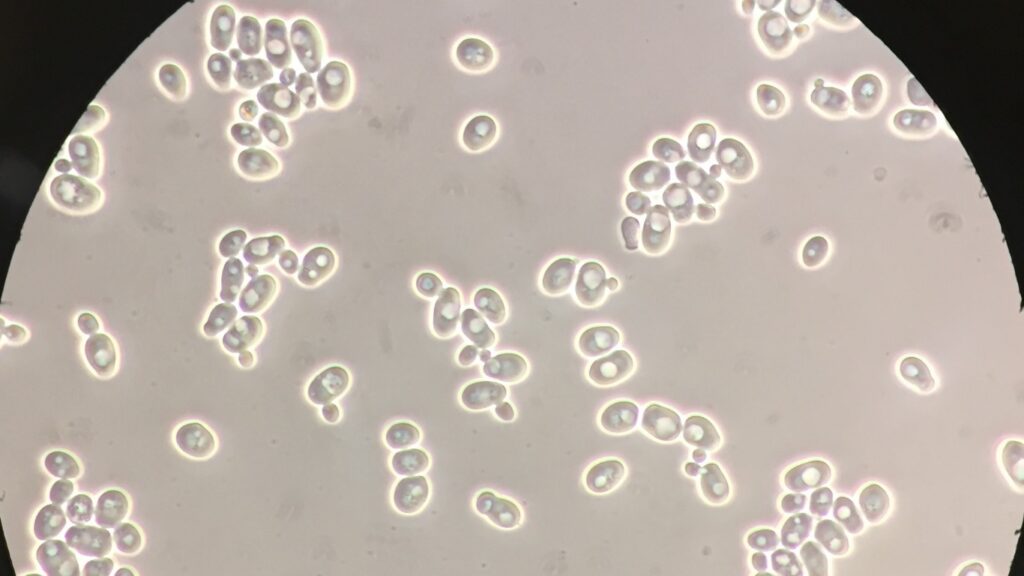Researchers from the Bellvitge Biomedical Research Institute (IDIBELL) have identified the mechanism by which protein Zds1 regulates a key function in mitosis, the process that occurs immediately before cell division. The result has been achieved in the online edition of the Journal of Cell Science and opens the door to developing targeted and direct therapies against cancer.
In every organism, cells grow and divide into two daughter cells through an orderly succession of events called “cell cycle”. Cells have to complete four main processes during the cell cycle: growth (G1 and G2 phases), doubling the DNA (S phase), segregation of chromosomes (M phase, mitosis) and division (cytokinesis). In the S phase or DNA replication, the genetic material is duplicated and then during the M phase or mitosis, cells separate the duplicated chromosomes between two daughter cells. This will ensure correct inheritance of genetic information from one cell generation to the next.
The transmission of genetic information (DNA) from parent to child (or equivalently, from cell to cell) is a fundamental question in biology. Aneuploidy, ie lack or excess of chromosomes, is a feature present in almost all human cancers and promotes tumour development. Regulation of mitosis is particularly important for maintaining chromosomal stability. For example, tumour cells are aneuploid due to defects in the segregation of chromosomes, which originate cells with more or less genetic material than usual.
However, in spite of its importance, very little is known about the output regulation of mitosis. In the article published in the Journal of Cell Science, the Cell Cycle research group at IDIBELL led by Ethel Queralt, discovers a new mechanism of regulation of mitotic exit. Separase protein is a key component for proper chromosome segregation and the regulation of mitosis. In previous work, the group of Dr. Queralt described for the first time the involvement of Zds1 protein in mitosis. This protein cooperates with the separase to ensure correct genetic inheritance from cell to cell.
The study delves into the molecular mechanism by which this protein Zds1 regulates mitosis and contributes to the right segregation of chromosomes. In this paper there have been used the yeast Saccharomyces cerevisiae as a model organism. Yeast is one of the most widely used model organisms to study basic processes in the cell, allowing to identify complex molecular mechanisms as the study of cell cycle in higher organisms. The application of such basic knowledge will help to develop more specific and direct treatments against various cancers.
Dr. Queralt points out that “the mechanisms of regulation of mitosis are very complex and well-known fact opens the door to specific drugs that inhibit or enable to correct this process in various diseases, especially cancer.” She explains that most anticancer drugs are being implemented without knowing exactly how they work, “these are compounds that often we do not know how are working, but they do. If we follow a reverse process, ie if we start to know the activity of a protein or part of the protein, we could design specific drugs to minimize side effects.” Dr. Queralt’s researching is an important step in developing therapies that prevent tumour cells from replicating.
Zds1 regulates PP2ACdc55 activity and Cdc14 activation during mitotic exit via its Zds_C motif. Calabria I, Baro B, Rodriguez-Rodriguez JA, Russiñol N, Queralt E. Journal of Cell Science. 2012 PMID: 22427694 [Epub ahead of print].

